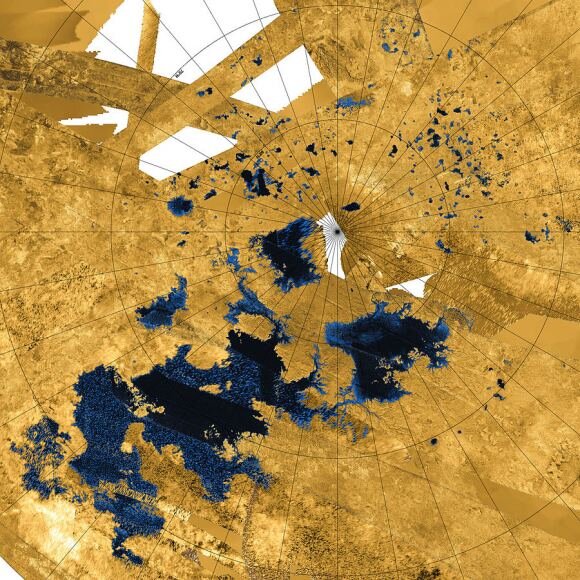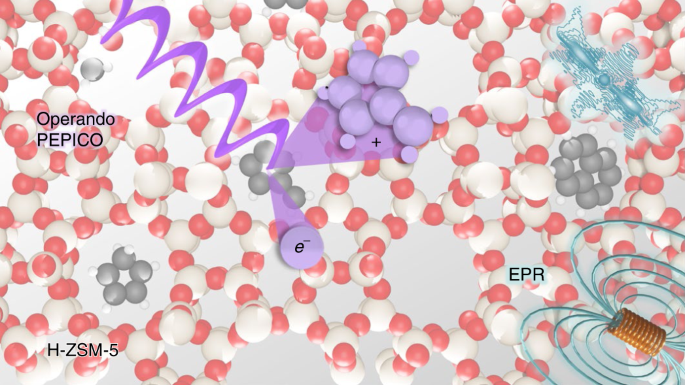
What are the hydrocarbon seas on Titan really like? While the upcoming Dragonfly helicopter mission to Saturn’s hazy and frigid moon should arrive by 2034 to explore Titan’s atmosphere, the need remains for a mission that could study the moon’s mysterious seas and lakes, filled with liquid hydrocarbons.
But how about an aircraft that could study both the seas and skies of Titan?
A new mission concept that received funding from NASA’s Innovative Advanced Concepts (NIAC) Program is called “TitanAir,” and features a flying boat, known as a laker...
Read More









Recent Comments